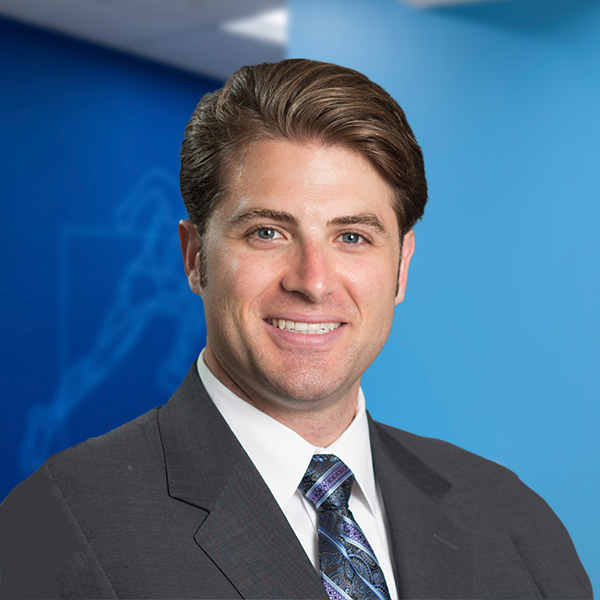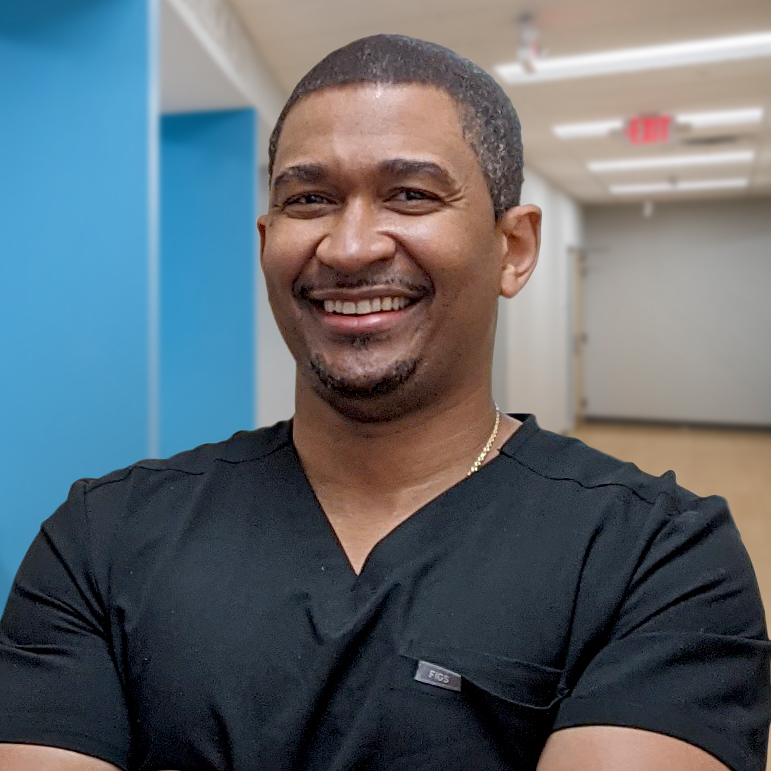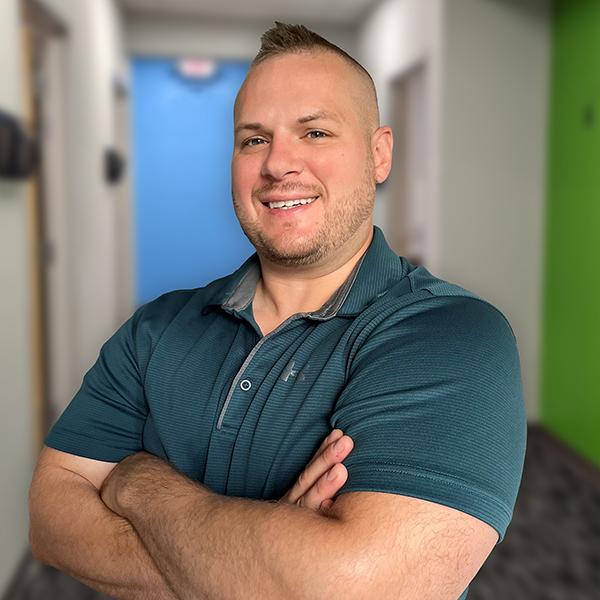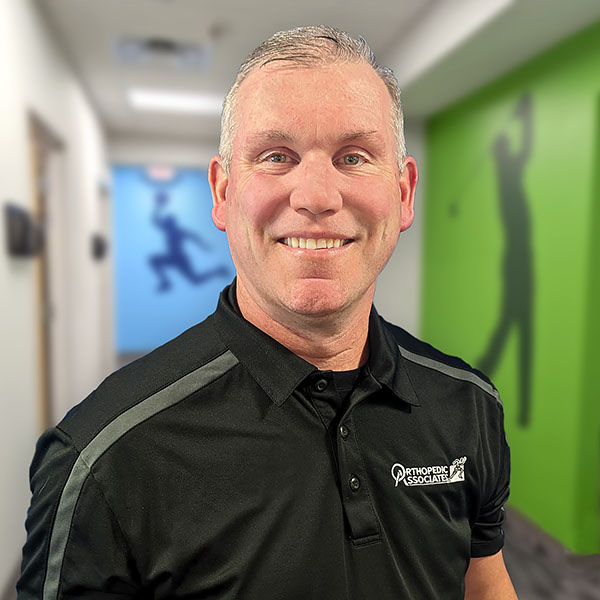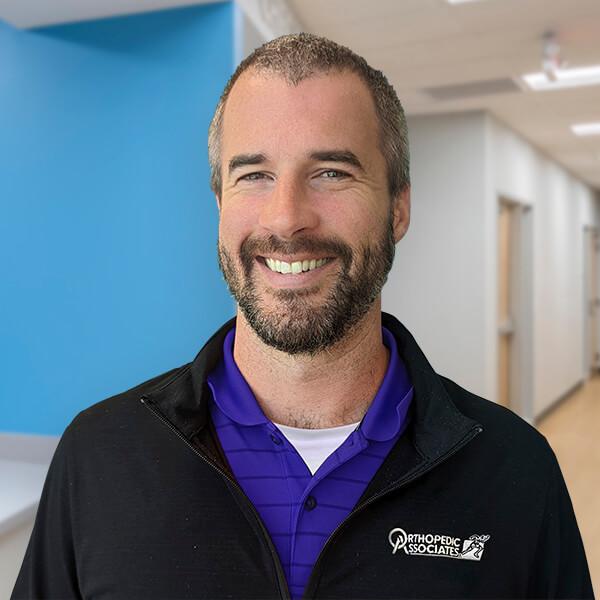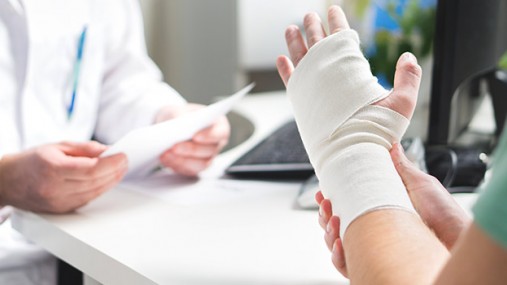
Injuries in sports can occur at any time and can happen to anyone regardless of age, health, or athletic ability. At Orthopedic Associates we treat both types of sports injuries: acute injuries and overuse injuries.
Acute injuries are usually the result of a single, traumatic event. Common examples include wrist fractures, ankle sprains, shoulder dislocations, and hamstring muscle strain. These injuries are often very painful and treatment can be time sensitive. Unfortunately, these injuries typically occur outside of normal office hours. OA has the ability to diagnose and treat these injuries OrthoCare After Hours clinic in our Centerville office. Please call 937.439.0645 for more information.
Overuse injuries are subtle and usually occur over time, making them challenging to diagnose and treat. They are the result of repetitive micro-trauma to the tendons, bones, and joints. Common examples include tennis elbow, swimmer’s shoulder, Youth Pitching elbow, runner’s knee, jumper’s knee, Achilles tendinitis, and shin splints.
Why Do Overuse Injuries Occur?
Training errors are the most common cause of overuse injuries. These errors involve rapid acceleration of the intensity, duration, or frequency of activity. Overuse injuries also happen in people who are returning to a sport or activity after injury and try to make up for lost time by pushing. Proper technique is critical in avoiding overuse injuries, as slight changes in form may be the culprit. For this reason, coaches, athletic trainers, and teachers can play a role in preventing recurrent overuse injuries.
Some people are more prone than others to overuse injuries. Imbalances between strength and flexibility around certain joints predispose individuals to injury. Body alignment, such as knock-knees, bowlegs, unequal leg lengths, and flat or high arched feet, also impact overuse injuries.
Other factors include equipment, such as the type of running shoe or ballet shoe, and terrain — hard versus soft surface in aerobic dance or running.
How are overuse injuries usually diagnosed?
The diagnosis can usually be made after a thorough history and physical examination. This is best done by a sports medicine specialist with specific interest and knowledge of your sport or activity. In some cases, X-rays are needed and occasionally additional tests like a bone scan or MRI are required as well. OA has sports medicine specialists in our offices including surgeons and physical therapists.
What is the treatment for overuse injuries?
Some tips for treating an overuse injury include:
- Cutting back the intensity, duration, and frequency of an activity
- Adopting a hard/easy workout schedule and cross training with other activities to maintain fitness levels
- Learning about proper training and technique from a coach or athletic trainer
- Performing proper warm-up and cool-down activities and stretches
- Using ice after an activity for minor aches and pain
- Using anti-inflammatory medications as necessary
If symptoms persist, a sports medicine specialist will be able to create a more detailed treatment plan for your specific condition. This may include a thorough review of your training program and an evaluation for any predisposing factors. Physical therapy and athletic training services may also be helpful.
Can overuse injuries be prevented?
Most overuse injuries can be prevented with proper training and common sense. Learn to listen to your body. Remember that “no pain, no gain” does not apply here. The 10 percent rule is very helpful in determining how to take things to the “next level.” In general, you should not increase your training program or activity more than 10 percent per week. This allows your body adequate time for recovery and response. This rule also applies to increasing pace or mileage for walkers and runners, as well as to the amount of weight added in strength training programs.
Always remember to warm up and cool down properly before and after activity. Incorporating strength training, increasing flexibility, and improving core stability will also help minimize overuse injuries.
Seek the advice of a sports medicine specialist or athletic trainer when beginning an exercise program or sport to prevent chronic or recurrent problems. Your program can also be modified to maintain overall fitness levels in a safe manner while you recover from your injury. You should return to play only when clearance is granted by a health care professional.
(Information from the American Orthopaedic Society for Sports Medicine’s Overuse Injury Tip Sheet)




